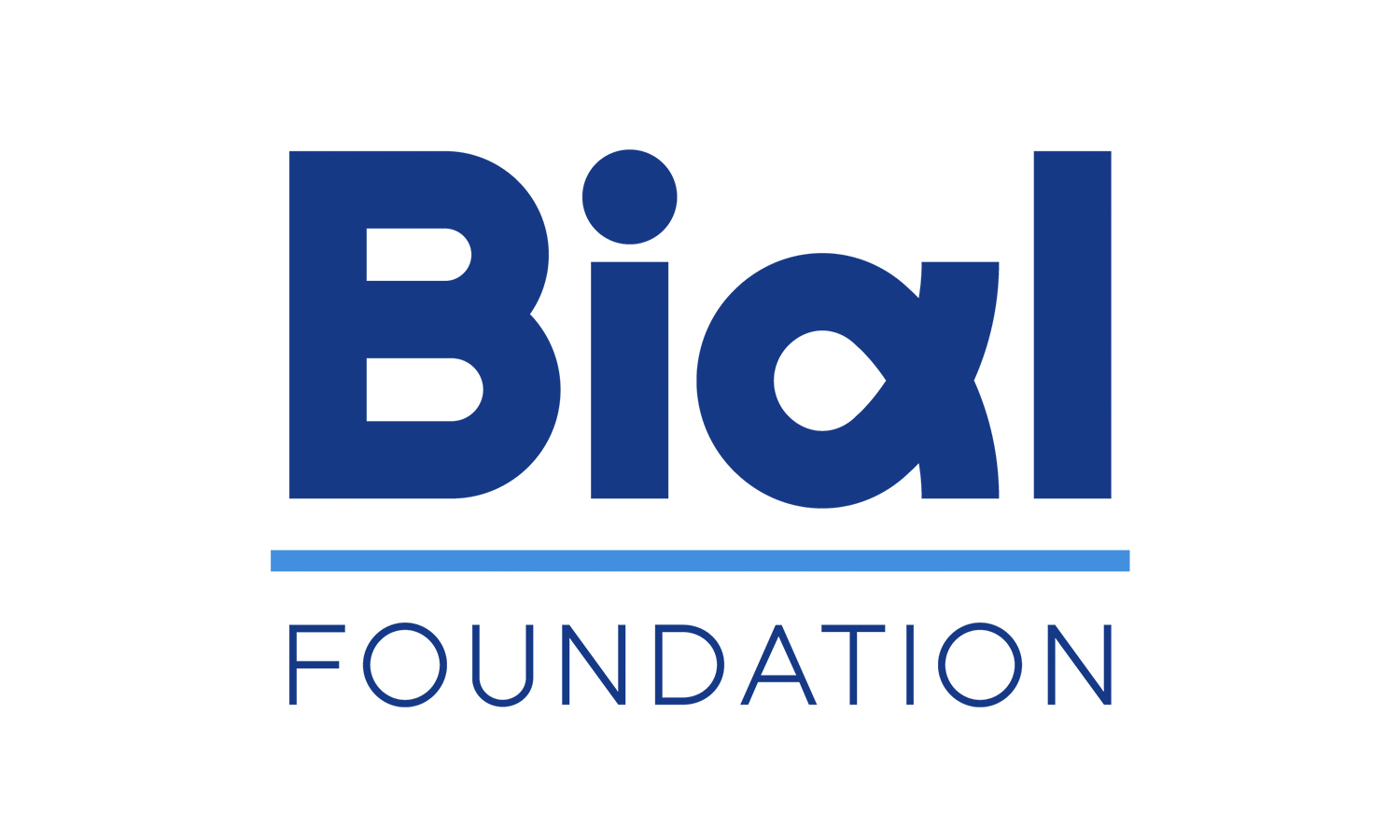A study of 3084 participants evaluated whether two types of belief in the paranormal might be associated with different levels of perceived stress. The results showed that Traditional Paranormal Belief was significantly associated with higher levels of distress with increased susceptibility to stress. At the same time, New Age Philosophy did not seem to contribute to these dynamics.
Research into paranormal beliefs is relevant because these beliefs, which are common in society, can influence behaviour and attitudes, such as greater distrust of science and adherence to pseudoscientific ideas. Although historically associated with maladaptive psychological processes, recent studies indicate that paranormal beliefs do not compromise psychological well-being, except in the presence of factors such as high levels of transliminality (increased sensitivity to internal and external stimuli) or psychopathological traits such as schizotypy and manic-depressive tendencies.
Despite this, in times of stress, beliefs in the paranormal can act as forms of illusory coping, offering a sense of control, but often promoting avoidance strategies that impair psychological functioning. The literature on the subject is thus inconsistent, raising questions about how different types of beliefs in the paranormal impact well-being, considering their cultural, social or individual bases.
Traditional Paranormal Belief (TPB) is linked to cultural and social notions that attribute control to external supernatural forces, such as spirits or fate, often offering comfort in situations of collective uncertainty. New Age Philosophy (NAP), on the other hand, emphasises individual and spiritual approaches, such as meditation and positive energy, suggesting that control lies within individuals themselves. These differences can divergently impact well-being depending on the context but have not yet been properly studied.
To answer this question, with the support of the BIAL Foundation, a research team led by Neil Dagnall (Manchester Metropolitan University, UK) and Andrew Denovan (Liverpool John Moores University, UK) carried out a study based on statistical modelling, involving a sample of 3084 participants aged over 18 and living in the UK, to assess whether TPB and NAP are differentially associated with perceived stress, a variable often used in studies in the field as an indicator of well-being.
The results were revealed in the article ”Re-evaluation of the relationship between paranormal belief and perceived stress using statistical modelling", published in November in the scientific journal PLOS ONE. The article indicated that TPB was significantly associated with higher levels of distress and lower coping capacity. NAP, in contrast, showed no predictive association.
According to Neil Dagnall, “these results suggest that TPB may reflect a reduced perception of control over external factors, which can increase susceptibility to stress, whereas NAP, due to its focus on more individual issues, does not appear to contribute to these dynamics”. Thus, “understanding the functional differences between these beliefs is essential to addressing the psychological impact of belief in the paranormal”, emphasises Neil Dagnall. The researchers additionally underline that “TPB is not causally related to distress. Rather, the relationship is more nuanced, and in some contexts reduced control may associate positively with TPB, with TPB consequently serving an adaptive function such as facilitating coping”.
Learn more about the project “123/20 - A latent profile analysis and structural equation modelling of paranormal belief, psychopathological symptoms, and well-being” here.






















































